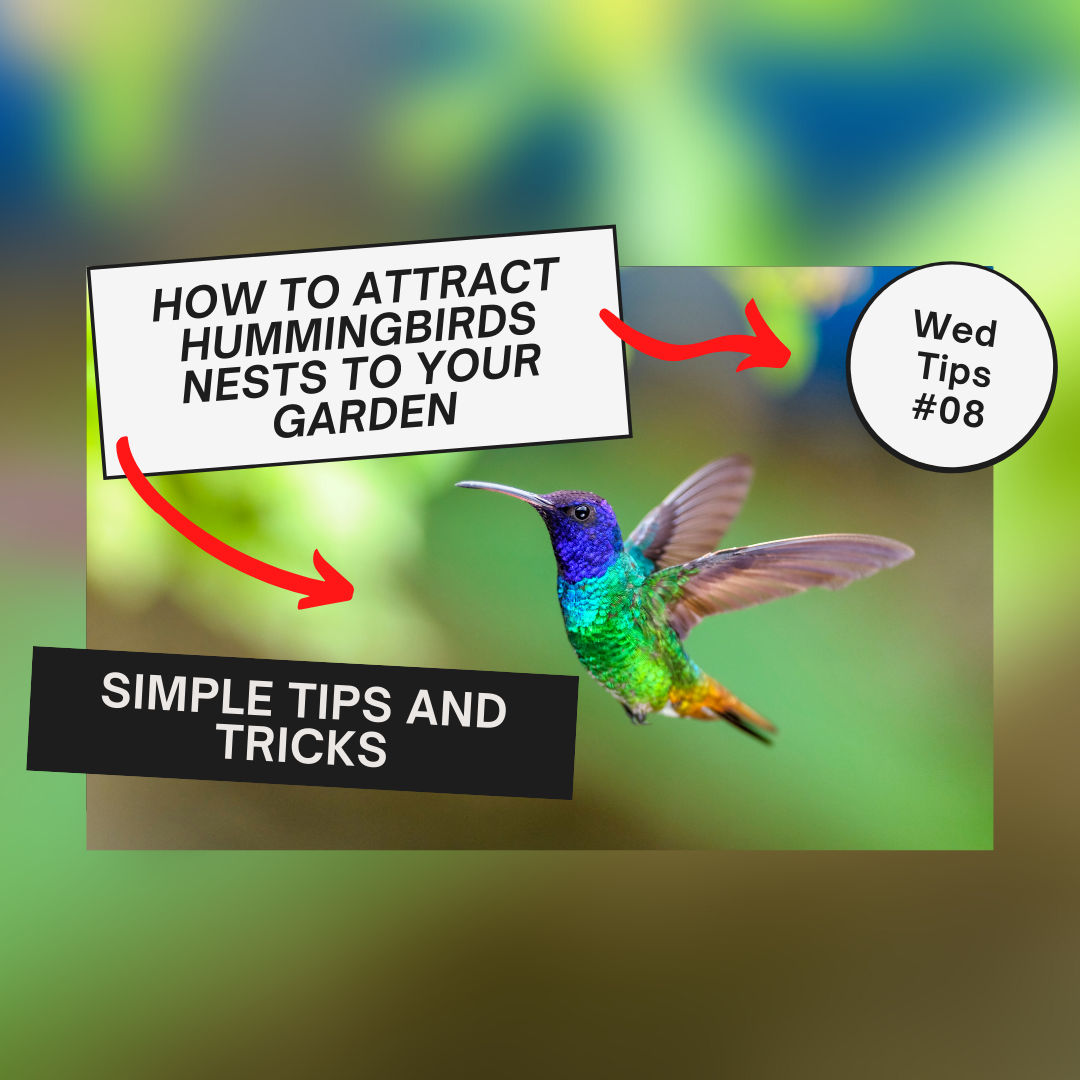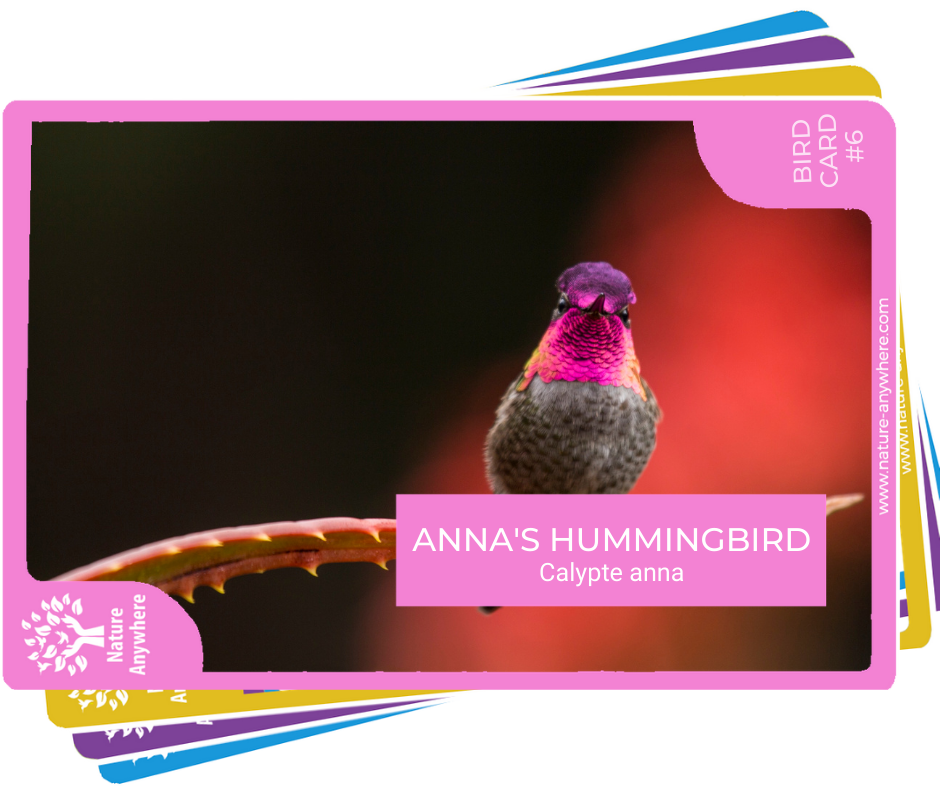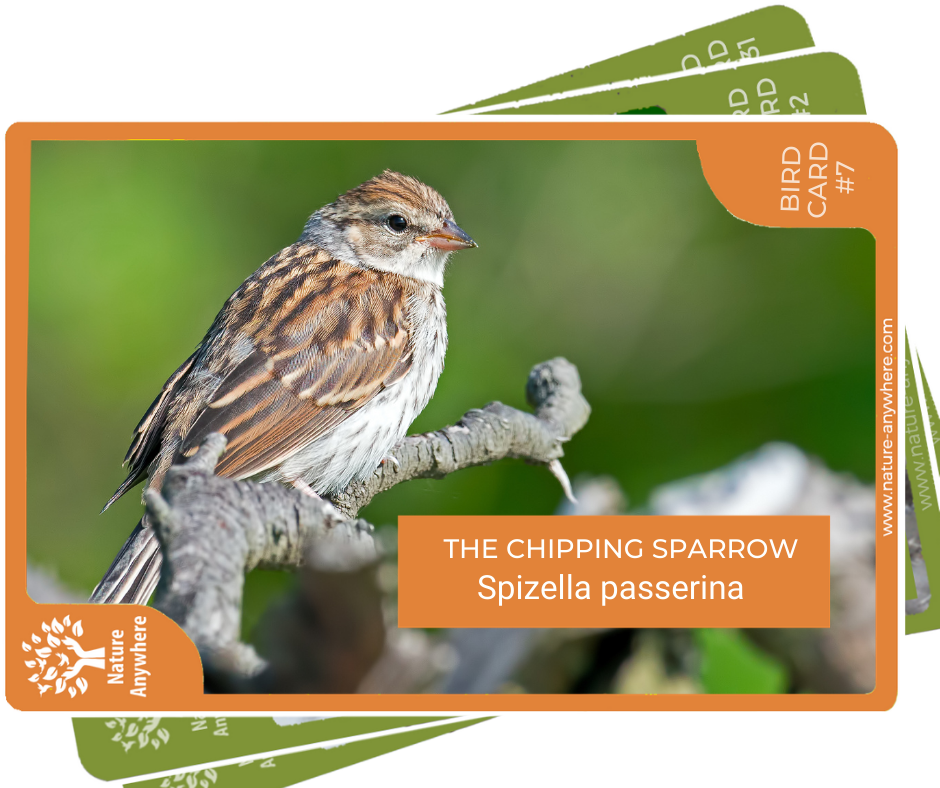 Wouldn’t it be wonderful to wake up every morning and see hummingbirds not only in your bird feeders, but flying around all day in your garden? Imagine hosting a family of hummingbirds from the day their fledglings hatch until the day they learn to sip from your very own bird feeders or honeysuckle!
Wouldn’t it be wonderful to wake up every morning and see hummingbirds not only in your bird feeders, but flying around all day in your garden? Imagine hosting a family of hummingbirds from the day their fledglings hatch until the day they learn to sip from your very own bird feeders or honeysuckle!
Want to bring hummingbirds right up to your kitchen window?
See hummers close up like never before with this patented Hummingbird Feeder.
Click here to see the amazing Window Hummingbird Feeder on amazon.com!
Hummingbirds are one of the top favourite species in the United States and around the world. They are quite a diverse family. Among them is the world's smallest bird, the Bee Hummingbird of Cuba, and the most traveled bird, the Rufous Hummingbird. Based on distance traveled in proportion to body size, it undertakes the longest flight in the world! And it is absolutely gorgeous to look at.
Then there are the nests.
Hummingbird nests are like little miniature gems. They are built with hidden secrets which are fascinating to look at in-depth,
These clever nests are well hidden and camouflaged and so small, about the size of a walnut, that most don’t even notice they’re there. To make them even harder to spot, they are covered in moss and other materials that make them blend naturally into their surroundings.

Even if you are looking right at it, chances are - you won’t find it. Looking up from the ground, the nest will look like part of the branch. From above, you’ll just see a clump of leaves. From the side you see a little bump, as if part of the tree, or a knot woven from lichens and fibers.
These cunning hummingbirds created a trick of the mind to hide their nest entirely from sight.
Well done hummingbirds! This intricate and smart architecture of yours keeps your hatchlings safe from predators, wind, sun and rain. It’s the only way to protect your little ones, as you do have some of the tiniest (and lightest) babies!
BUILDING THE NEST
There are over 330 species of hummingbirds in the western hemisphere, only 17 in America, but each species builds her nest with the same elements in common.
The female hummingbird takes the reins when it comes to building the nest, from choosing its location, gathering resources, building it, to actually raising the young chicks, all on her own. So after mating, the male has no say in the nest construction.
It takes quite a while for the female to finish building the nest, about 5 full days to a week.
The nest is usually built 10-90 feet high up a tree or shrub, and is often no more than half a mile from the food source. The female uses spider web silk, moss, lichen, thistles, cattails, cotton fibers, bits of bark and leaves, feathers and hairs. She weaves these materials densely together to make the shape of a cup, on average 1.5 inches in diameter, then camouflages it with more moss, lichen and anything else she can find which is suitable to hide the nest from weather and predators. The nest is built with soft and fuzzy materials so as the hatchlings grow, the nest expands with them.
The nest is about the size of a golf ball. And the eggs? Each one is the size of a jelly bean.
The female lays 2 eggs and incubates them for just over 2 weeks. After a period of up to a month, the hatchlings will fledge.
SO HOW DO WE FIND THESE NESTS?
Hummingbird nests are usually built in the forked branch of a tree, within the branches of plants, or deep in dense bushes, preferably thorny for extra protection such as in a cactus plant. Once you know how to spot them, you will start seeing them in places you would never expect - balanced on thin wires or clotheslines, Christmas lights, security cameras, wind chimes, sculptures, tennis/soccer/basketball nets - they are very creative.
The best way to look for a hummingbird’s nest is to find the nectar sources they prefer, take a chair, sit down - and watch. When you spot one, follow her route. When she gets to a bushy area she might disappear. Wait for her to return and follow her again. The hummingbird might be smart enough to know you are “following her” and so take you to a fake location - away from her nest!
Be patient and keep following her when she returns. Eventually you will find her nest.
When you do find one, which can be really exciting, look at it from a distance using binoculars and don’t get too close. If the mother feels she’s in danger, she may fly away, endangering her hatchlings.
BUT WHY WORK HARD. HOW ABOUT ATTRACTING HUMMINGBIRD NESTS TO OUR GARDENS?
First off, there is no such thing as a man-made hummingbird nest. I see them on sale everywhere; nest boxes in every shape and size with many promises of attracting hummingbirds - but the truth is these little flyers will never use them. They won’t build nests in trunk cavities either.
The best way to attract these magical beings is to make your yard attractive and safe for nest building.
Hummingbirds rarely use the same nest more than once as between seasons, they can get polluted or rot. So they like to build a new one each year. They might use a few materials from the old nest, but not more than that. So keeping your garden ready year-round is a great way to keep them coming back.
HOW DO WE MAKE OUR YARDS ATTRACTIVE FOR HUMMINGBIRDS TO BUILD THEIR NESTS?
Hummingbirds have one of the highest metabolisms. Their wings can beat 80 times a second and their hearts can beat more than 1,000 times a minute! To keep up their energy, they must eat once every 10 to 15 minutes and visit between 1,000 and 2,000 flowers per day.
Here are the tools to make sure they get what they need.
1. NATURAL FOOD. There are many different flowers that hummingbirds love and live on, which are colourful and easy to plant. Coupled with one of our best selling hummingbird feeders, these are great options to entice them to stay in your yard.
Try not to use pesticides in the garden. Hummingbirds need to eat insects and arthropods, especially during the breeding season. A good idea is to hang a basket with overripe fruit or a banana peel close to a hummingbird feeder to attract tiny fruit flies for them to snack on.

2. WATER.
Having a source of running water in your garden will do wonders to attract many bird species, not only hummingbirds. It is actually very simple to arrange - and very gratifying.
Hummingbirds specifically prefer misters and bubblers. As they are so tiny, they don’t like a big water flow. If you have the water source near a plant with big leaves, the hummingbird will actually rub against it and have a little bath. It will be the cutest thing you’ve ever seen.

3. FLOWERS FOR NESTING.
There are plants for feeding - and for nesting. Supply your garden with a water source and the nectar sources the hummingbirds need and they will be happy to fly around and sup in your yard. You can also encourage them to nest by planting leafy trees or a large dense shrubbery - anything that can give them shelter so they feel safe enough to build their nests. This is best done at the edge of your yard where they usually build their nests, as for them it is the safest location. They will find the lichen and the other soft materials mentioned above to build their nests. Remember - don’t remove any spider webs! One man’s trash, a hummingbird’s treasure.
These plants will also provide a safe perch for hummingbirds to rest and sleep, or survey their territory. They need spots in the open to look out for predators, as well as places to hide from them.
For an extra boost, place many red items in your garden. Hummingbirds are super attracted to any item that is red, even a red shirt you left on your porch.
Don’t feel that you are going against Mother Nature by creating a habitat suitable for hummingbirds. You are actually helping them immeasurably, especially after their long, tiring and energy-consuming migration flights.
It is a myth that if you touch a baby hummingbird, its mother won’t feed it. If you find a baby bird out of its nest, take it for professional help if it is injured. If it seems fine, just return it to the nest. Here’s how.

HAPPY NESTING!
Ready to see hummingbirds up close?
See hummers like never before with this cool Hummingbird Feeder.
Click here to see the amazing Window Hummingbird Feeder!




15 comments
Jack
I’ve had three nests in my yard. Two were used twice, so don’t remove any. The one in use now is on top of a hanging wind chime. I found that shredded “bluish” packing material makes wonderful nest building material. Tie some in bundles and hang from various branches.
Evelyn Perran
A hummingbird has built a nest attached to chimes on my patio for two consecutive years. Her nest from last year looks somewhat intact. Should I leave it in place or remove it?
Hlinda
Amazing Gods creatures
Ibrahim bunu bukar
I want to feel like
Louis maple
I recently put up a feeder on my porch,, I don’t know how far they travel but I have ,,I think,, the same bird about every 15 min. Come and feed,, very fun to watch,, so tiny.
Leave a comment
All comments are moderated before being published.
This site is protected by hCaptcha and the hCaptcha Privacy Policy and Terms of Service apply.